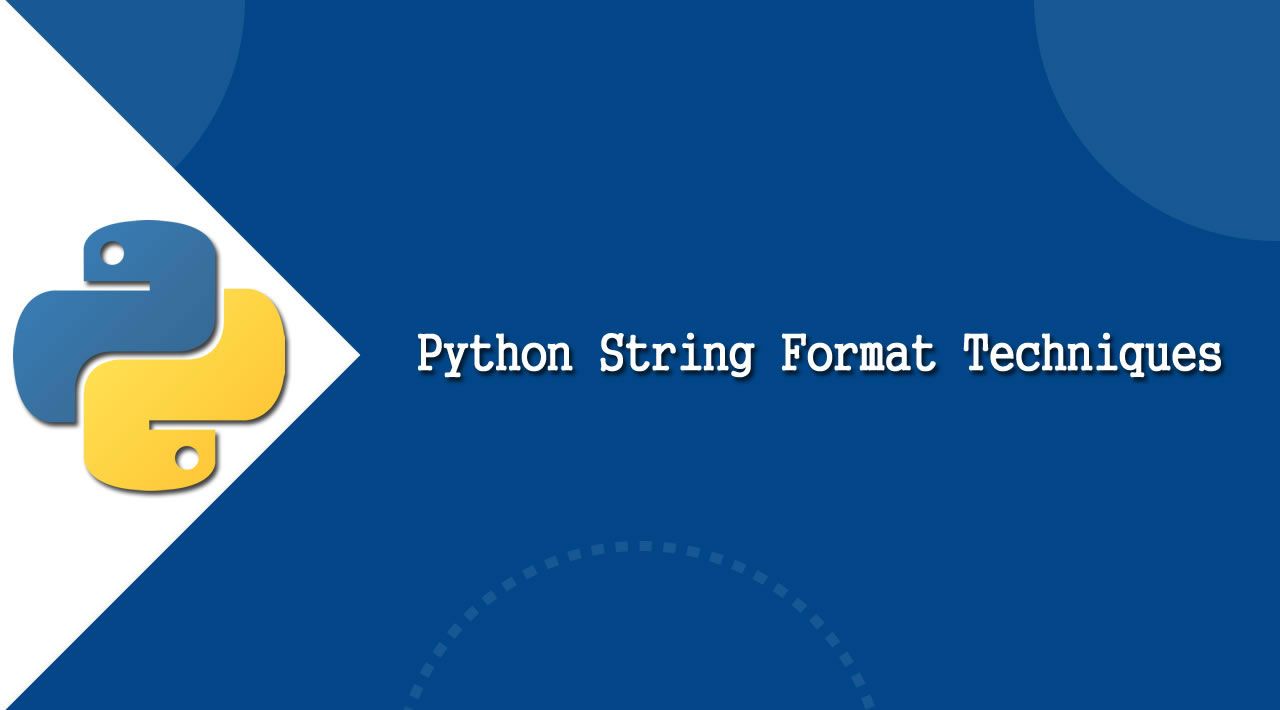In the previous tutorial in this introductory series, you learned how to format string data using the string modulo operator. The string modulo operator is useful, and it’s good for you to be familiar with it because you’re likely to encounter it in older Python code. However, there are two newer ways that you can use Python to format strings that are arguably more preferable.
In this tutorial, you’ll learn about:
- The string
**.format()**method - The formatted string literal, or f-string
You’ll learn about these formatting techniques in detail and add them to your Python string formatting toolkit. Note that there’s a standard module called string containing a class called [Template](https://docs.python.org/3.4/library/string.html#template-strings), which provides some string formatting through interpolation. The string modulo operator provides more or less the same functionality, so you won’t cover string.Template here.
#python
